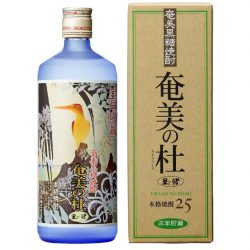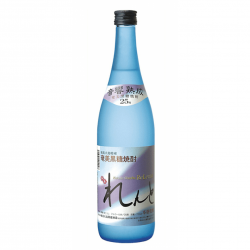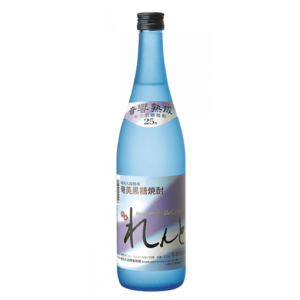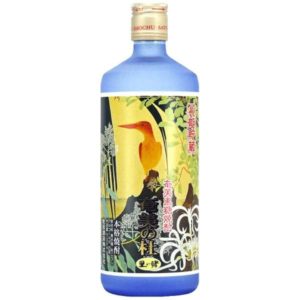Black Sugar (Kokuto 黒糖) Shochu
The smallest of the “major” shochu ingredients, Kokuto shochu, made exclusively in the Amami Islands between Okinawa and Kagoshima, is nevertheless how I usually introduce new people to shochu. At about 2-3% of shochu production by volume, kokuto shochu is limited by its protection laws (see below), but definitely punches above its weight.
Unlike the other main shochu ingredients, black sugar, like grapes in wine, has ready-made sugars from the get-go, and so theoretically doesn’t even need koji to saccharify. Of course however, shochu as an alcohol category requires koji, so Kokuto shochu uses the standard starter fermentation with koji mold+rice mash, and a second main fermentation where kokuto is added.
Kokuto shochu smells very similar to rum, with sweet, floral notes on the nose, but with a far milder, fruitier taste. The lower 25% APV makes a big difference, as does the koji starter, but most Kokuto shochu are also unaged, which gives it a fresher profile. As it is distilled, Kokuto is not sweet, though with soda its fragrance can give that impression. It’s probably the best shochu on the rocks as well, as ice doesn’t magnify the sharpness of its alcohol as much as it does in rice shochu, or obscure its sweetness excessively as it can in barley or sweet potato.
Sadly we don’t get a lot of Kokuto variety in Hong Kong. Machida Shuzo’s Amami no Mori and Satou no Akebono can be found in City Super, while Kikaijima Kurochu is also common. While I’ve seen Rento in different restaurants, never seen it at retail. Please buy and try – show them we want more!
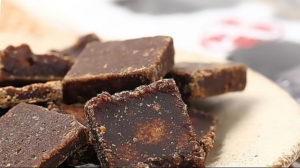
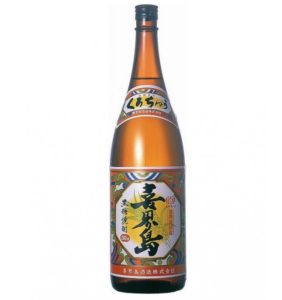
Amami Kokuto shochu is not technically a Geographical Indication, but it is protected by the Japanese government, meaning black sugar shochu cannot be produced anywhere other than Amami. This is distinct from, for example, sweet potato shochu made in Miyazaki, which is of course saleable but not under the Satsuma Shochu GI.
The history of this is fascinating, involving sugar exports after World War II and the very definition of shochu. If you’re interested, check out the official Amami distillers website: https://amamikokutoshochu.jp/history/
Recommended Serving Style:
Kokuto, given its mild flavor and candied aromas is best served cold, either on the rocks or with soda. Given its light body and nose, it’s not great with hot water (oyuwari).
